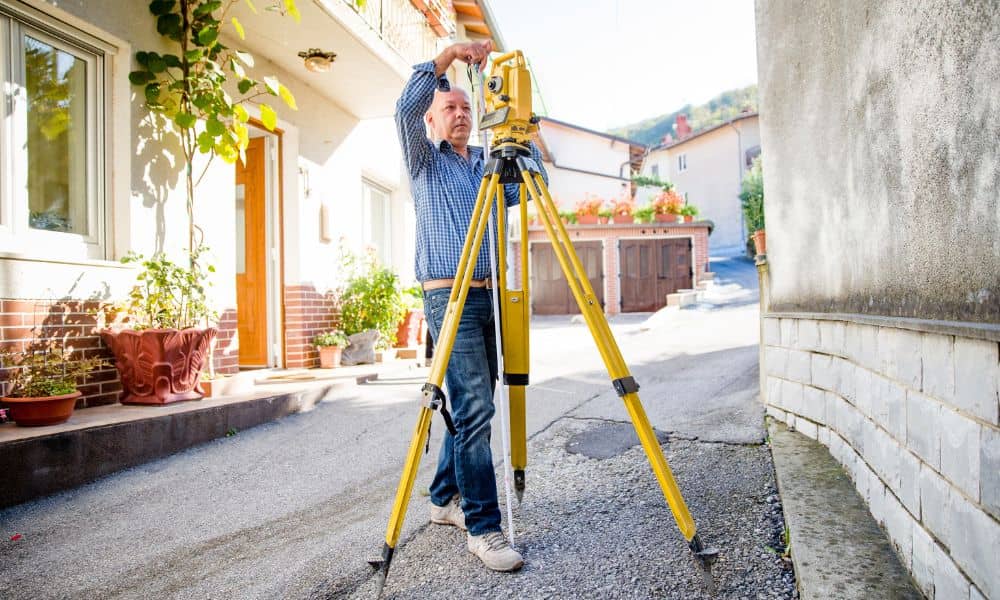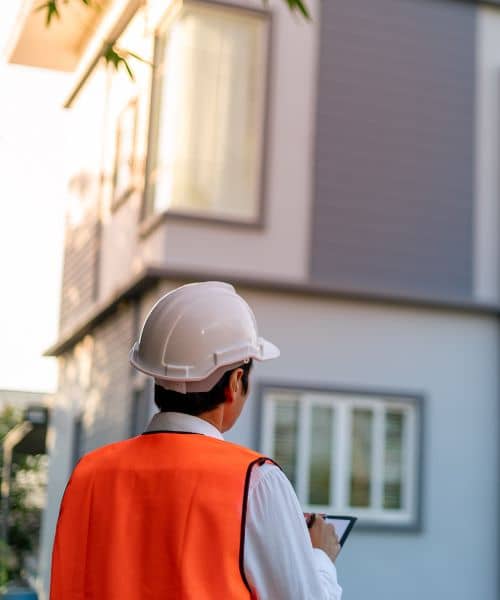
Storms move through Chicago every year, but the most recent one left many homeowners frustrated. Flooded basements, soaked foundations, and damaged utilities created a long list of repairs. Normally, people wait for FEMA inspectors to document the damage before filing full claims. This year, however, things feel different. FEMA teams stopped inspections in parts of the city, and homeowners suddenly faced a long wait. Because of this gap, an elevation survey now plays a much bigger role in helping homeowners move forward.
When storms hit hard, you need quick answers. You want to know how high the water reached, how your home sits compared to the flood level, and what proof your insurance carrier needs. Without FEMA on-site, many families feel stuck. Yet you don’t need to stay in limbo. A licensed surveyor can step in, take accurate measurements, and provide the documentation you need to start rebuilding sooner.
Why FEMA Delays Cause Real Problems
FEMA inspections help people show the government and insurers how much damage a storm caused. When inspectors pull back, as reported in the news, the whole system slows down. Homeowners can’t move forward with claims, and repairs stall. Chicago already deals with drainage issues, basement flooding, and flat lots that trap water. When FEMA steps away, the impact feels heavier here than in many other cities.
Still, storms don’t wait for schedules to clear. Contractors book fast. Insurance adjusters ask for proof right away. If you can’t show verified details, your claim sits untouched. That’s why so many residents now turn to elevation surveys. They don’t replace FEMA, but they fill the gap so you can keep things moving.
How an Elevation Survey Helps After a Storm

An elevation survey shows the exact ground and floor heights of your property. It proves how your home stands in relation to the flood level. Surveyors arrive with equipment that reads elevation to the inch. They check the lowest floor, foundation walls, and nearby ground. With this, you get a stamped report that works as strong evidence for insurance and repair planning.
Unlike general damage photos, elevation data shows the true relationship between your home and the storm. If water reaches your basement windows, the survey will show how low those windows sit. If the yard slopes toward your house, the report makes this clear. Many insurance adjusters rely on this information to understand how the storm caused the damage.
Why This Matters More in Chicago Homes
Chicago has a unique mix of older houses, flat streets, and dense neighborhoods. Basements sit low, and many homes rely on sump pumps to stay dry. When a storm dumps heavy rain, water finds every weakness. Even a few inches over the ground level can lead to thousands of dollars in losses.
Because of this, elevation becomes a key part of understanding the true damage. You can show exactly where water entered, how the yard drains, and how your home’s height compared to the surrounding floodwater. In many cases, this clarity makes the difference between a denied claim and a fair payout.
Insurance Companies Want Strong Proof
When you file a storm claim, the insurance adjuster checks whether the water came from flooding, drainage issues, or something else. Clear data helps you move through this step faster. With FEMA inspectors gone, adjusters rely more on documents that homeowners provide. This means:
- You show real numbers, not guesses.
- You provide a stamped survey from a licensed professional.
- You give the adjuster everything needed to approve the next steps.
Instead of waiting months for FEMA, you show verified information in days. This alone helps avoid long delays in getting money for repairs.
Rebuilding Also Depends on Elevation
After a major storm, homeowners rush to repair damage. Contractors need detailed information to rebuild safely. They check the foundation, plan drainage changes, and adjust materials based on how high the water reached. When the elevation is clear, these decisions become easier.
For example, a contractor might raise certain utilities, add new drainage pipes, or change the slope near the house. This prevents future storm damage. Without the elevation survey, these choices become slower and more uncertain. Good data speeds everything up and keeps costs under control.
Real Situations Homeowners Face
When storms hit the city, several common problems show up again and again:
- Basement flooding in older bungalows
- Water pooling along gangways
- Flat yards that drain toward the home
- Townhomes built close together with limited grading
- Aging drainage systems that overflow during heavy rain
In each case, elevation plays a major role. Homeowners need to know how their property sits compared to the water line. They also need to show how the storm caused the damage. An elevation survey gives clear answers and helps everyone move forward confidently.
When You Should Order an Elevation Survey
You don’t need to wait for a full disaster to check your property’s elevation. Still, after this recent storm and the FEMA delays, several signs tell you it’s time:
If water enters your basement or crawlspace, get a survey. If your insurance asks for proof of elevation, get a survey. If your contractor needs elevation numbers for repairs, get a survey. If you live in or near a mapped flood zone, get a survey. If you want to sell your home after storm damage, get a survey.
The sooner you have this documentation, the easier it becomes to get answers, approvals, and repair plans in motion.
Choosing a Licensed Land Surveyor
Homeowners need someone familiar with the city’s layout and flood patterns. A licensed surveyor knows how to read elevation changes in tight, urban neighborhoods. They also understand how basements, gangways, and small lots affect stormwater behavior. Look for someone with experience in elevation certificates and storm-related surveys. Fast turnaround also matters, since delays can slow down insurance and repair work.
Final Thoughts
Homeowners have been through a lot with the recent storm. The sudden FEMA inspection delays made things even harder, but there is a way to keep moving forward. Elevation surveys give you solid proof of flood impact. They help with insurance, rebuilding, and understanding your home’s real flood risk. Most of all, they give you control during a stressful time.
Storms may cause chaos, but your response doesn’t have to. With the right surveyor and clear elevation data, you can protect your home, speed up your claim, and rebuild with confidence.